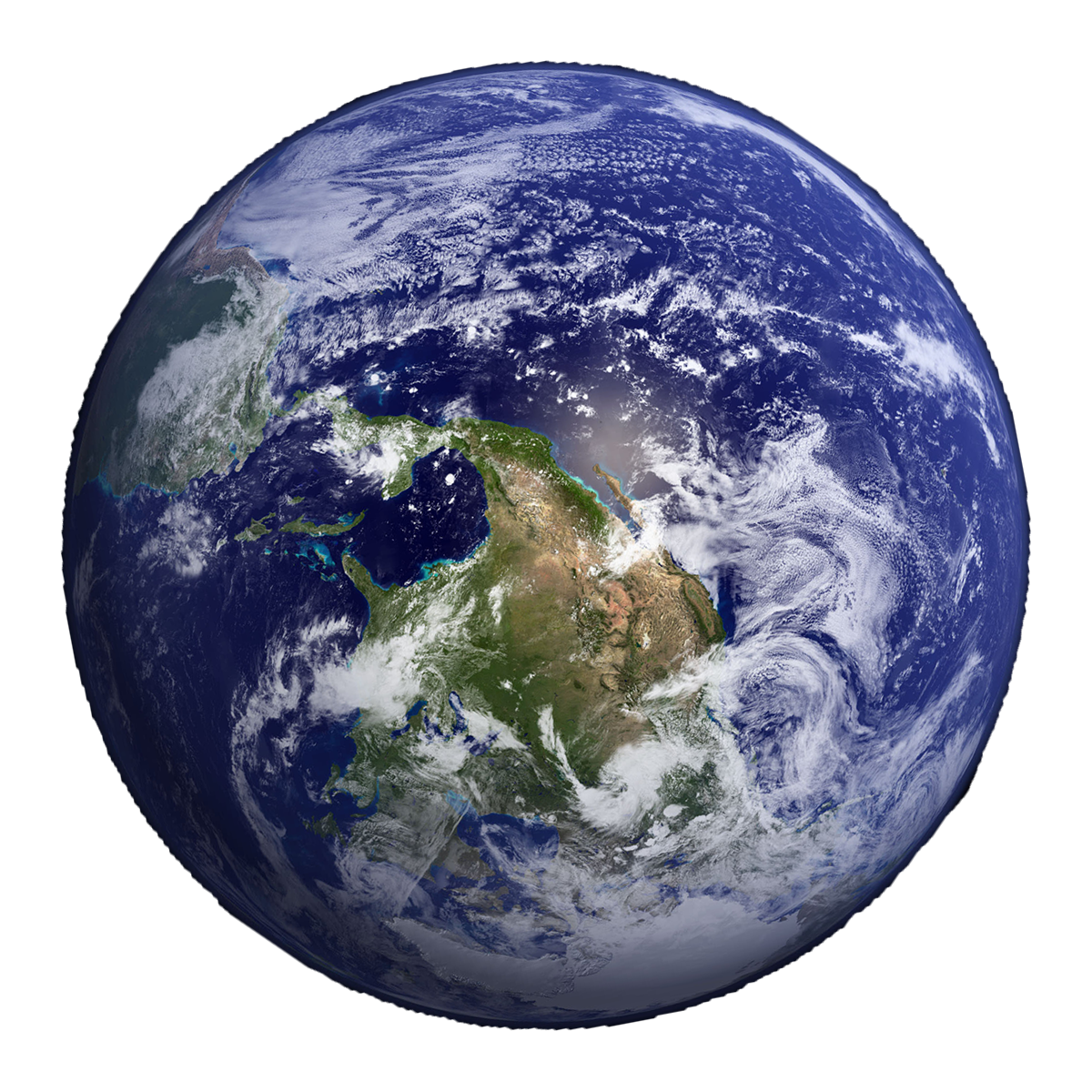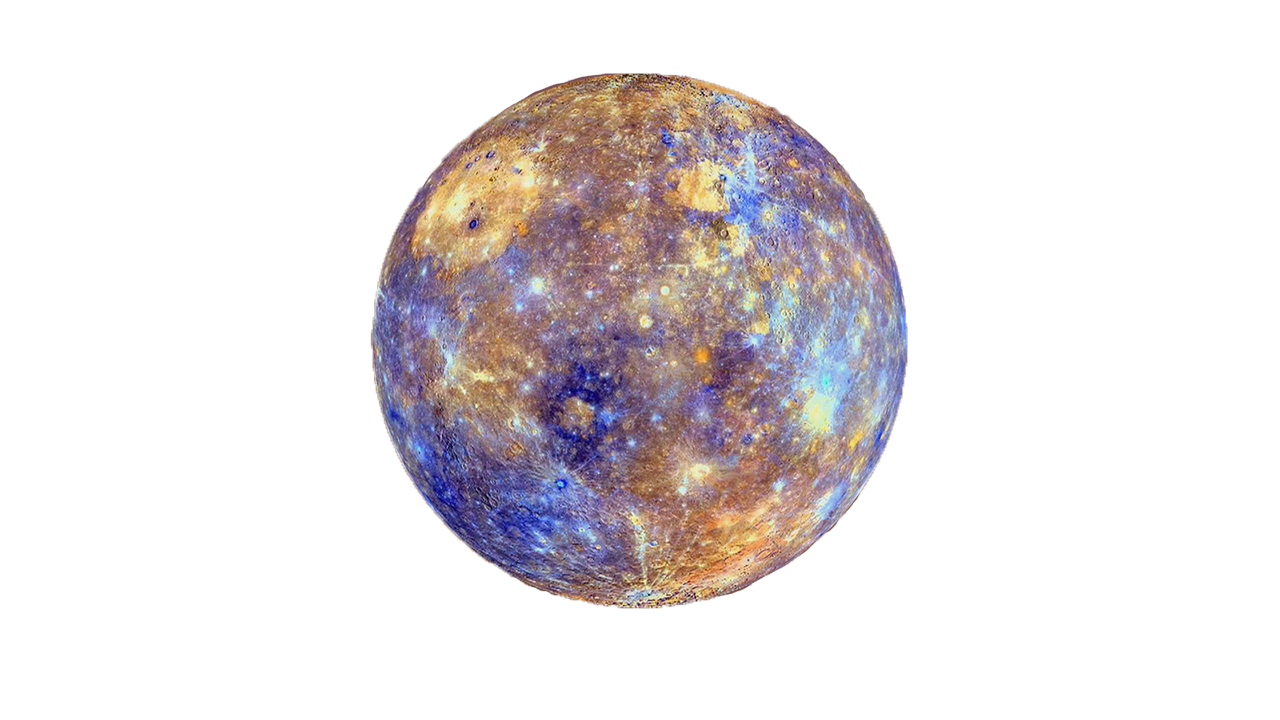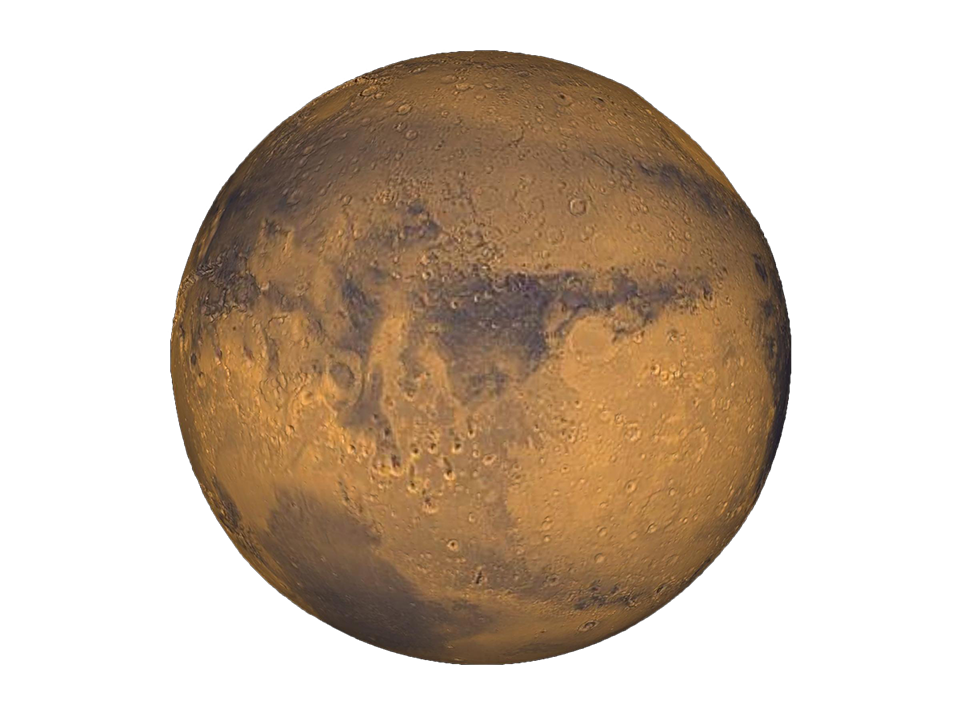Earth



Quick Facts
Planet Type
Terrestrial
Size
If the sun were the size of an average front door, Earth would be the size of a nickel.
Moons
Earth has one moon!
Lengh of One Year
365 Earth days
Structure
Earth is composed of four main layers, starting with an inner core at the planet's center, enveloped by the outer core, mantle and crust.
The inner core is a solid sphere made of iron and nickel metals about 759 miles (1,221 kilometers) in radius. There the temperature is as high as 9,800 degrees Fahrenheit (5,400 degrees Celsius). Surrounding the inner core is the outer core. This layer is about 1,400 miles (2,300 kilometers) thick, made of iron and nickel fluids.
In between the outer core and crust is the mantle, the thickest layer. This hot, viscous mixture of molten rock is about 1,800 miles (2,900 kilometers) thick and has the consistency of caramel. The outermost layer, Earth's crust, goes about 19 miles (30 kilometers) deep on average on land. At the bottom of the ocean, the crust is thinner and extends about 3 miles (5 kilometers) from the sea floor to the top of the mantle.
Surface
Like Mars and Venus, Earth has volcanoes, mountains and valleys. Earth's lithosphere, which includes the crust (both continental and oceanic) and the upper mantle, is divided into huge plates that are constantly moving. For example, the North American plate moves west over the Pacific Ocean basin, roughly at a rate equal to the growth of our fingernails. Earthquakes result when plates grind past one another, ride up over one another, collide to make mountains, or split and separate.
Earth's global ocean, which covers nearly 70 percent of the planet's surface, has an average depth of about 2.5 miles (4 kilometers) and contains 97 percent of Earth's water. Almost all of Earth's volcanoes are hidden under these oceans. Hawaii's Mauna Kea volcano is taller from base to summit than Mount Everest, but most of it is underwater. Earth's longest mountain range is also underwater, at the bottom of the Arctic and Atlantic oceans. It is four times longer than the Andes, Rockies and Himalayas combined.
Potiential for Life
Earth has a very hospitable temperature and mix of chemicals that have made life possible here. Most notably, Earth is unique in that most of our planet is covered in water, since the temperature allows liquid water to exist for extended periods of time. Earth's vast oceans provided a convenient place for life to begin about 3.8 billion years ago.
Some of the features of our planet that make it great for sustaining life are changing due to the ongoing effects of climate change.
Resource
https://solarsystem.nasa.gov/planets/earth/overview/#did_you_know?_otp






